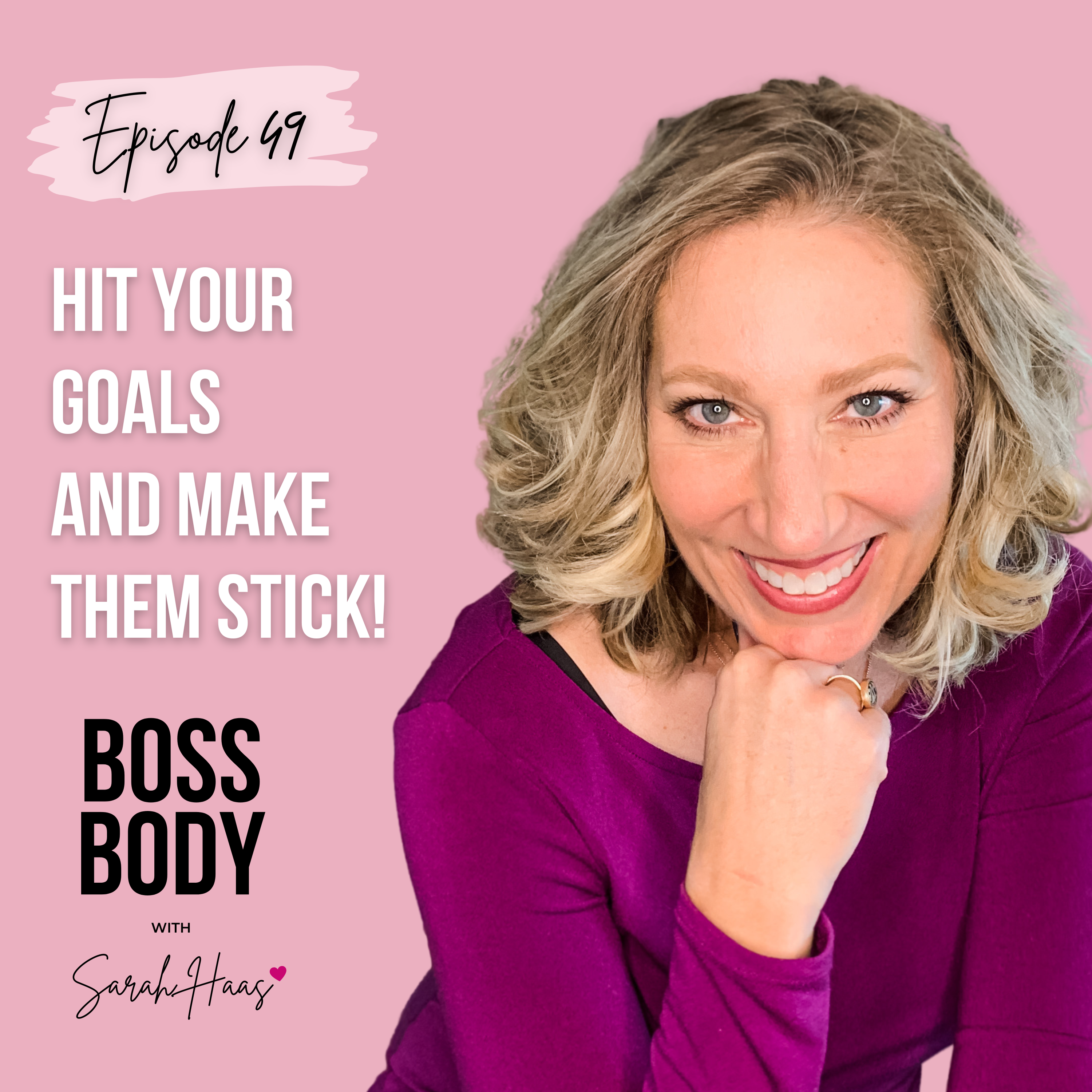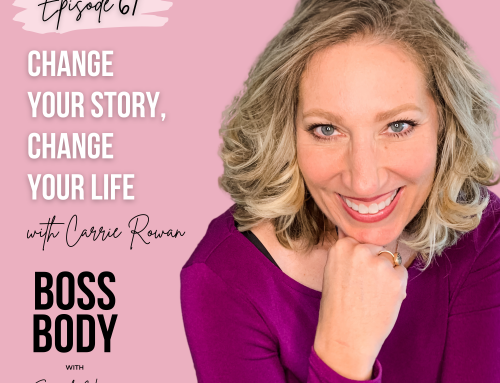Today I’m going to talk about resolutions and how to make your goals actually stick this time. When we talk about the new year, the first word that comes to mind is New Year’s resolutions, right? And so many of us have these resolutions. We’re going to lose weight, we’re going to get in shape, we want to be more productive, we’re going to be better with our finances or our home, or whatever the resolutions may be. And we start off really motivated, and we’re really excited. But after the first week or so, we fall off the wagon a little bit, and it just spirals. The fact is 91% of New Year’s resolutions fail, and one out of four people drop off after just the first week. And I want to help you put an end to that. Okay?
Resolutions versus Goals
A resolution, the way that I see it, is the big-picture goal for your life. So it is thinking about the year ahead, how you want your life to look, and how you want it to be different. And it’s really good to make resolutions. It’s really good to imagine your life as you want it to be, visualize it, and start manifesting it because that’s what moves you forward. That’s what prevents you from staying stuck, and that’s what helps move you toward the life that you want.
The problem with setting resolutions is not having a plan. You have to have a plan with the steps broken down to achieve your resolutions. If you don’t have a path laid out, you’re going to be hit or miss.
Have you heard of the acronym S.M.A.R.T. goals? So S.M.A.R.T. stands for Specific, Measurable, Achievable, Relevant, and Time-sensitive. So let’s break it down into each one.
S is for Specific
Let’s say your resolution is to get in shape. That’s pretty vague, right? Getting in shape could mean losing fat, gaining muscle, increasing your strength, or improving your cardiovascular ability. So you want to hone in on that and get much more specific. So what does getting in shape look like for you? If you achieved it, what would that look like? Would it be going on two-mile hikes with your partner or family and not struggling and out of breath? Would it be being able to take an exercise class and make it through the whole thing? Or would it be that you are at your healthy ideal weight? Your resolution is to be more productive, and you need to break that down to decide specifically what being more productive looks like for you.
Getting very specific is going to help you actually be able to move forward because you have to know what your destination is.
M is for Measurable
This is important because you have to quantify your goal. So, for example, when I said get in shape, I changed it to be able to walk two miles. So not only is that specific, but the two miles is very measurable. This is important because you want to make sure that these are action-oriented and not based on a certain outcome.
A is for Achievable
Try to not do too much at once, and don’t expect to set so many goals in every area of your life. Because completely revamping is only really doable some at a time. So it takes time. You have to realize that you got into these habits over a long period of time and you’re not just going to reverse your habits overnight. The key is setting these small goals and keep on. You set the goal and you just stay consistent with it and keep moving forward. Small changes really add up to big shifts over time.
R is for Relevant
And what I mean by that is that your goal actually matters to you and it is relevant to your life. So when you are thinking about goal setting, really think, is this what I’m doing for myself because I want this for my life? Or is it because you think you should want it because that’s what society says you should want? Because if this isn’t in alignment with what you really want your life to look like, you’re probably not going to stay motivated to stick with it. So when you’re deciding if a certain goal or resolution is worthwhile, think about what is your why?
T is for Timeframe
This last one is making sure that you set a timeframe for accomplishing these goals. Because if you just say, I’m going to get in shape by the end of the year, you’re just going to keep putting that off.
You’re going to keep putting it on the back burner and waiting till Monday to get started. So set a timeframe for yourself. And you really need to be realistic with your timeframes because you don’t want to expect that things are going to happen super quickly. Like I said, these things take time. Developing good habits takes time. So be gentle with yourself.
One of the biggest reasons that people give up is because they encounter setbacks. This is inevitable. Life happens.
Have patience and grace, and have compassion for yourself. Beating yourself up over what you think is a failure is not motivating. It actually hinders you from moving forward, it does not help you think positively, and it does not help you achieve your goals.
So be patient and have compassion.






Leave A Comment